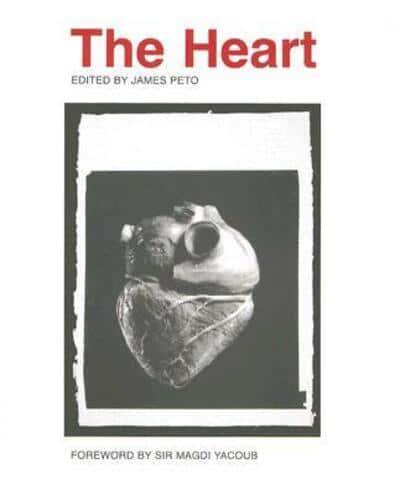Publisher's Synopsis
A vivid picture of the human heart and its place in culture and medicine
Published upon the opening of the Wellcome Collection, the Wellcome Trust's new public venue in London, this book examines the history of our understanding of the human heart. Encompassing material from Henry Wellcome's own collections in the Wellcome Library and images and artifacts from private and public archives across the world, the book provides a richly illustrated account of changes in our perception of what the heart does and what it means.
The book first explores the symbolic significance of the heart in ancient Egypt, China, India, and Greece; its role in Aztec ceremony; and its place in the medieval world. It then considers the centrality of the heart in Christianity and other religions and the literary and artistic views of the heart as the seat of the soul and emotions.
The growth of anatomical knowledge of the heart and its treatment through developing technology is fundamental to the volume. Fifteenth-century drawings by Leonardo da Vinci reveal his extraordinary early insight into the heart's mechanisms, and twentieth-century medical breakthroughs prompt questions about ownership of the heart and the source of life itself. With testimony from surgeons and patients, the book highlights developments in cardiac surgery and considers future alternatives involving gene therapy, stem cell options, and micro-surgery.
Published with The Wellcome Trust










